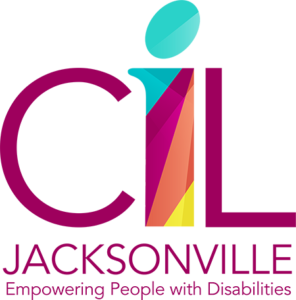CILs Defined
"Independent Living does not mean that we want to do everything by ourselves, do not need anybody or like to live in isolation. Independent Living means that we demand the same choices and control in our every-day lives that our non-disabled brothers and sisters, neighbors and friends take for granted. We want to grow up in our families, go to the neighborhood school, use the same bus as our neighbors, work in jobs that are in line with our education and interests, and raise families of our own. We are profoundly ordinary people sharing the same need to feel included, recognized and loved." Dr. Adolf Ratzka.
Definition of a Center for Independent Living from Section 702 of the Rehabilitation Act of 1973, as amended:
CENTER FOR INDEPENDENT LIVING‑ The term `center for independent living' means a consumer‑controlled, community‑based, cross‑disability, nonresidential private nonprofit agency that is designed and operated within a local community by individuals with disabilities and provides an array of independent living services.
Centers For Independent Living's staff are comprised of at least 51% of persons with disabilities; 51% of Board of Directors are persons with disabilities; and provides four core services:
- Information & referral
- Independent living skills training
- Individual and systems advocacy
- Peer counseling
And with all of this said, CILs are more. CILs are a safe place. CILs are a community. CILs are home.
CIL History
With origins in the U.S. civil rights and consumer movements of the late 1960s, the Independent Living Movement grew out of the Disability Rights Movement, which began in the 1960s. The IL Movement works at replacing the special education and rehabilitation experts’ concepts of integration, normalization and rehabilitation with a new paradigm developed by people with disabilities themselves. The first Independent Living ideologists and organizers were people with extensive disabilities. Still, the movement’s message seems most popular among people whose lives depend on assistance with the activities of daily living and who, in the view of the IL Movement, are most exposed to custodial care, paternalistic attitudes and control by professionals.
In 1972, the first Center for Independent Living was founded by disability activists, led by Ed Roberts, in Berkeley, California. These Centers were created to offer peer support and role modeling, and are run and controlled by persons with disabilities.



